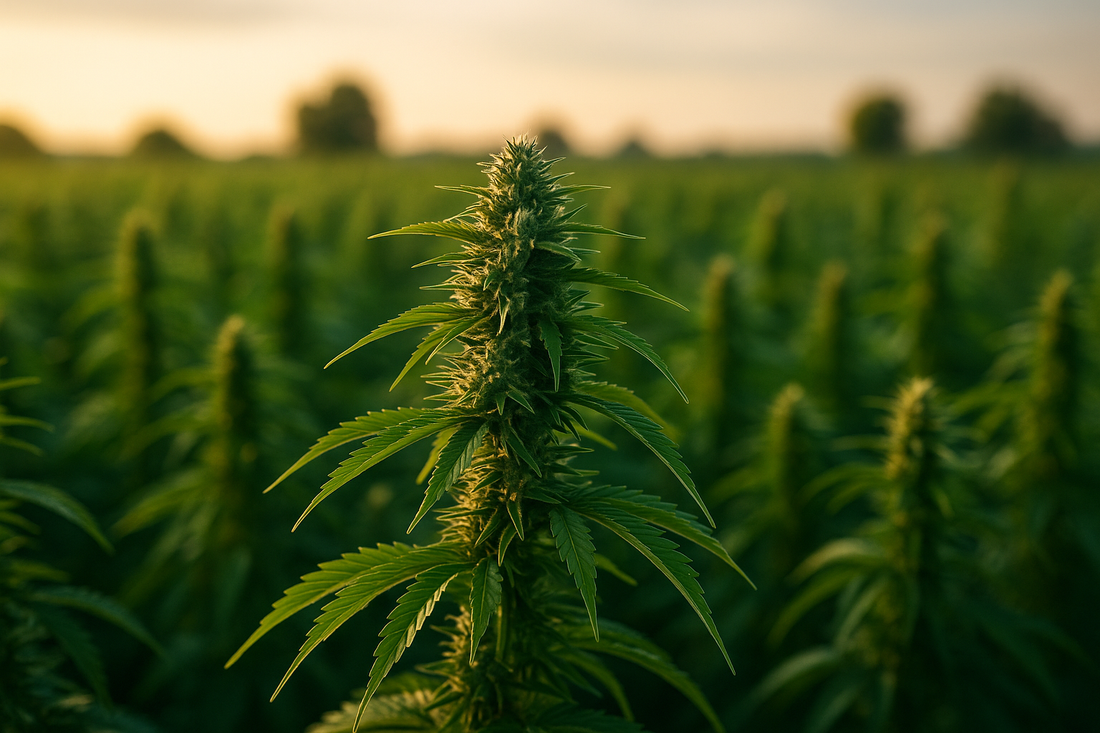
Do You Know Where Your CBD Comes From?
Share
Think of the CBD industry as an iceberg—only 10% of it is visible, represented by reputable manufacturers who prioritize transparency and traceability. The remaining 90% is hidden, often lacking oversight and quality standards. That's why knowing who produces your CBD is essential.
Why Knowing Your Manufacturer Matters
1. Avoiding Low-Quality or Contaminated Products
The unregulated CBD market has seen numerous cases of mislabeled products and contamination—from pesticides and heavy metals to solvents and harmful microbes.
2. Transparency Through Third-Party Testing
Consumers should look for Certificates of Analysis (COAs) that detail cannabinoid potency and verify the absence of contaminants. Brands that withhold COAs may be hiding poor practices.
3. Risks from Unknown Origins
Hemp—and therefore CBD—acts as a bioremediator, absorbing toxins like heavy metals and pesticides from the soil. Products sourced from regions with lax standards often carry these dangers into the final product.
The Dangers of Unknown CBD Sources
· Imported CBD from unverified international sources (e.g., U.S., China) may contain harmful residues like solvents, pesticides, and heavy metals due to weak regulation.
· Industrial problems arise when biomass is acquired without oversight—leading to inconsistencies in quality and potential consumer safety risks.
Your Checklist for Safe CBD
|
Question |
What to Look For |
|
What are the farm standards? |
GLOBALG.A.P. and pesticide-free cultivation |
|
Is the production vertically integrated? |
From farming to extraction to packaging |
|
Which certifications are in place? |
EU GMP, ISO 22000, third-party lab verifications |
|
Can I access COAs? |
Potency and contaminant reports should be public |
CBD's journey—from seed to shelf—directly affects its safety, consistency, and efficacy. By choosing transparent, certified manufacturers, you're choosing quality that’s provable and traceable—and protecting yourself from the unseen risks lurking in much of today’s CBD market.
